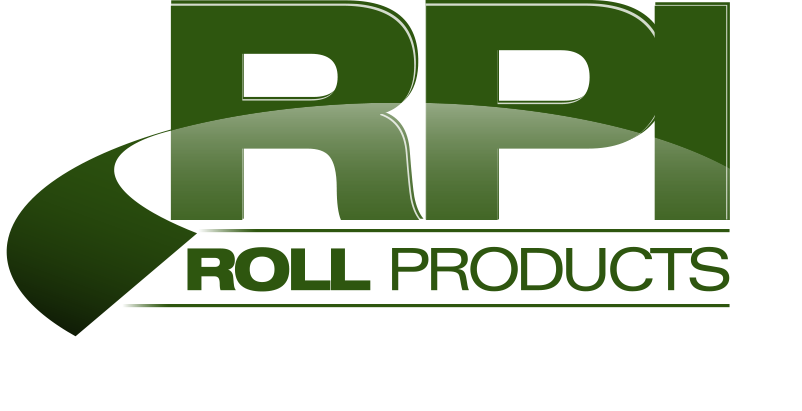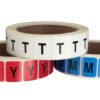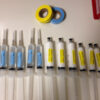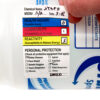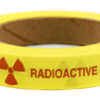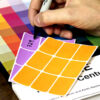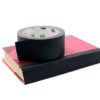Anesthesia tapes and medical tags face exposure to sensitive chemical compounds. Manufacturers must adhere to pertinent regulations and high standards to ensure patient safety. A supply label should maintain its stability and integrity in order to be fully functional for its entire life cycle.
But manufacturers often encounter challenges when trying to develop a suitable medical supply label. They have to overcome issues such as interactions between certain compounds and packaging materials. The assessment of containers used for various medications is, therefore, critical.
Guidelines here are set by the American Society for Testing and Materials (ASTM) and other government agencies. They require medical labels to have color and format standards as set by regulations, accurate information on dosage, and Tallman lettering to make it easier to discern between sound-alike drugs.
However, medical labels also allow for custom printing within the guidelines set by the various agencies. Here are some various types of custom tags that are suitable for medical labels.
Custom Multi-Layer Lamination
Custom multi-layer lamination solves the issue of adding more information without increasing the weight of the label. There is no need for an adhesive to connect the dual-laminated panels. The two sections of the tag are put together by a special hinge.
This is one of the best options where the medical adhesive tapes must maintain their integrity of the material. Multi-layer lamination tags can keep the structure of the tag, preventing its quality from being compromised during transportation. It is ideal for many applications in various industries, such as for library supply labels or food packaging. Because of its visual aesthetics, it is sometimes used for marketing materials (such as coupons).
Extended Tape Liners
The material of the tag should withstand extreme temperatures and retain its integrity. When choosing a label, you also need to consider whether you need it to be permanent or removable. If there the application requires one that you can peel off, extended tape liners are a good option.
Tape liners have elongated regions on the material, to allow for an easy peel-off. They are designed for various types of materials so that the tag holds onto the label, as the adhesive is strong enough for the surface. The medical or library supply label must be cleanly removed to ensure the surface is ready for the next tag.
Island Placement
Island placement is a type of removable tag where you can pull the top piece of the label from its base. Not only should the upper part of the tag be cleanly removed, but it must also sufficiently stick onto different types of materials.
One of the benefits of the island placement is that it improves the efficiency of the production. It is possible to incorporate secondary inserts during manufacturing. It is often used on trace-ability devices to maintain the integrity of medical products in distribution.
Die Cut Labels
Die cuts are tags that are perforated with certain shapes to improve their functionality. They are particularly useful when you need to place medical labels on containers that have odd contours. The perforations on the adhesive tape will make the tag fit tightly onto the product.
The fact that it can be placed cleanly onto a medical stock means it reduces the chances of peeling off. On materials with odd shapes, they can boost the visibility of the packaging. That way, they minimize the risk of errors when reading pharmaceutical products. Having a neat fit improves the visual appeal of the product in general.
Medical labels are subject to the stringiest guidelines meant to protect the patient from the negative effects that could result from errors in tagging. These guidelines also have restrictions on custom printed tags. You can take advantage of the various types of custom printing options, to create labels that conform to regulations and meet packaging requirements.
